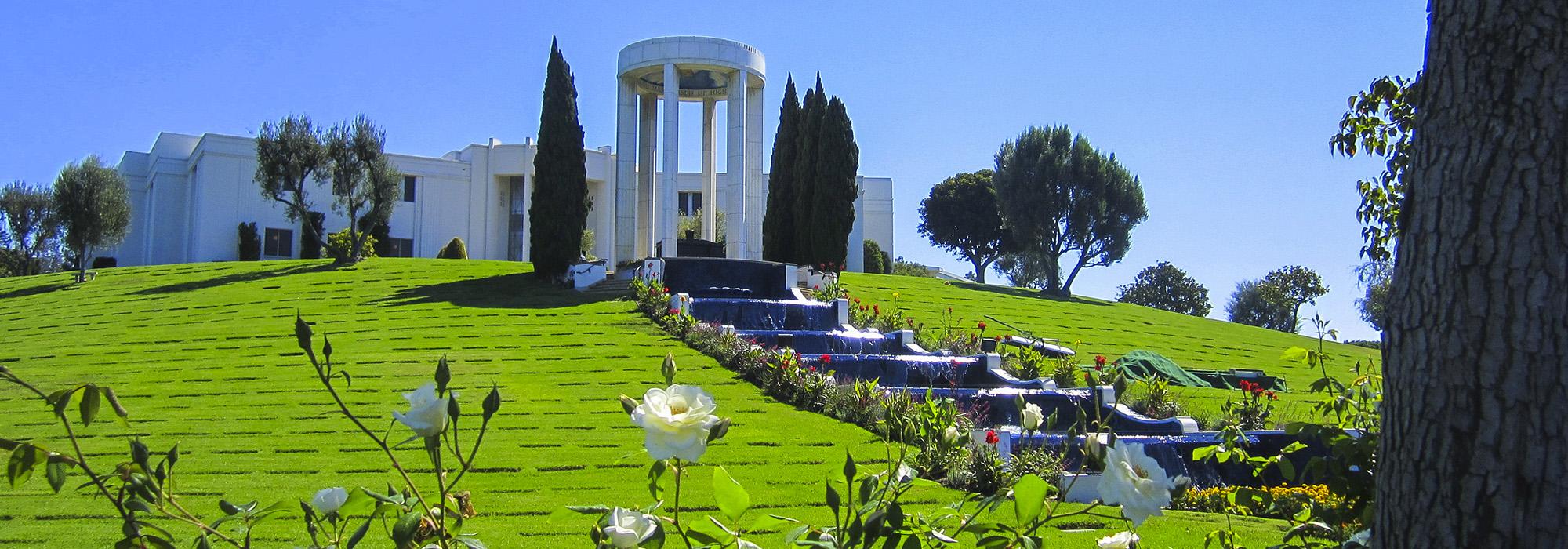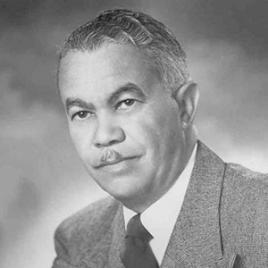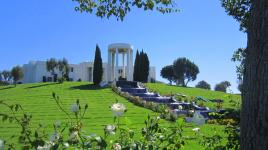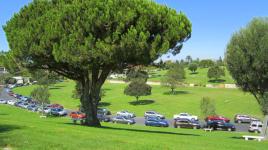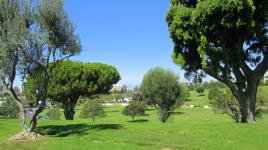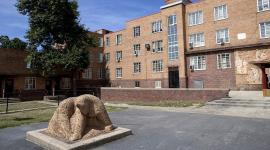Pioneer Information
Born in Los Angeles, California, Williams was raised by a foster mother who cultivated his talent and interest in design from a young age. He studied design at the Beaux-Arts Institute’s Los Angeles branch and architectural engineering at the University of Southern California before becoming licensed in California in 1921. Two years later, he became the first African American inducted into the American Institute of Architects (AIA). As California’s population grew in the 1920s, Williams built his reputation in residential architecture, designing both affordable, multifamily housing developments and grand estates for Hollywood clients, including Lucille Ball and Frank Sinatra. As his International style designs grew in popularity, his practice expanded to include municipal, institutional, and commercial buildings, many of which are now considered landmarks, including the Beverly Hills Hotel and the Founder’s Church of Religious Science in Los Angeles. While he is most well-known for his work in California, Williams was commissioned to design public and private projects across the U.S., including the Langston Terrace Dwellings in Washington, D.C. (with architect Hilyard Robinson) and the St. Jude Children’s Research Hospital in Memphis, Tennessee. In 1957 he became the first African American elected a Fellow of the AIA. He retired from practice in 1973 and died in 1980.



